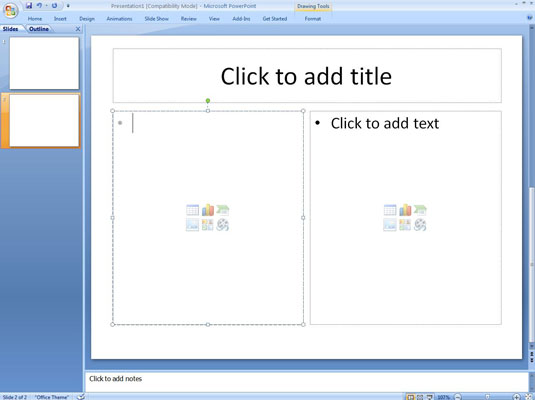Customize the document headers and footers in Word 2011 for Mac to show page numbers, dates, and logos for formal stationery. You can work with headers and footers in several of Word 2011’s views. The quick way to work with headers and footers is by way of the Header and Footer group on the Office 2011 Ribbon’s Document Elements tab.
- Microsoft Word Format Painter Shortcut
- Microsoft Word For Mac 2011 Format Painter Disappeared Windows 10
Clicking either the Header or Footer button displays a gallery from which you can choose a style for your header or footer. The basic layout of three positions (left, center, and right) is the first style on the palette. Notice that some styles affect only odd-numbered or even-numbered pages. Some of the styles apply tables to the header or footer, so if you click into one of these styles, the Format Tables tab on the Ribbon will activate.
Customize the document headers and footers in Word 2011 for Mac to show page numbers, dates, and logos for formal stationery. You can work with headers and footers in several of Word 2011’s views. The quick way to work with headers and footers is by way of the Header and Footer group on the Office. By Geetesh Bajaj, James Gordon. Sometimes you want the placement of your text on each page of your Word for Mac 2011 document to be aesthetically pleasing. Consider how important it is to have a poem or a quotation look just right to create the desired ambience on the page.
When you choose a header or footer style, Word changes the interface so that you can type in your header or footer. You can display this view by choosing View→Header and Footerwithout having to choose a style from the Ribbon. To work with the interface, simply click into it and type. Click the Page # button on the Ribbon to display the Page Numbers dialog, which you can use to choose alignment and formatting options for your page numbers.
Microsoft Word Format Painter Shortcut
To exit Header and Footer view, choose a view from the views listed in the topmost group of the View menu, or double-click the document body. You can also click the small Close button below the Header or above the Footer area.
You may want to format your Header or Footer to display Page # of #. To make this custom format starting without a Header or Footer style, do the following:
Choose View→Header and Footer from the menu bar.
Click within either the Header or Footer area.
Your cursor will be at the left. Press Tab once or twice to move to the center or right, if desired.
Type the word “Page,” followed by a space.
Choose Insert→Field from the menu bar.
Make sure that Categories is set to (All). Under Field names, choose Page and then click OK.
Add a space and then type of followed by another space.
Choose Insert→Field from the menu bar.
Under Field Names, choose NumPages and then click OK.

This Excel tutorial explains how to use the Format Painter in Excel 2011 for Mac (with screenshots and step-by-step instructions).
Microsoft office for mac os sierra 10.12 6. See solution in other versions of Excel:
The Format Painter allows you to copy formatting from a cell (or group of cells) to another section of the Excel spreadsheet. It is a quick and easy way to apply your existing formatting without having to manually set up the the number formatting, alignment, font, border, and patterns for the cells.
Let's look at an example of how to use the Format Painter in Excel 2011.
Downloaded microsoft word to mac however cant find the program. I believe it is possible to install Office on a drive other than C. If this is the case, look on the drive you installed office to.Also, depending on what version of office you have, the 'Office12' part of the string could have a different number.
First, select the cell that has the formatting that you wish to copy. In this example, we have selected cell A3. Then select the Format Painter button in the standard toolbar at the top of the screen.

Microsoft Word For Mac 2011 Format Painter Disappeared Windows 10
Cell A3 should become highlighted with an animated border around it and you will see the following message appear in the status bar at the bottom of the Excel window: 'Use the mouse to apply the copied format to another object'.
Now, select the cells that you wish to apply the copied format to. In this example, we have selected cells D3 to D6. This is done by selecting cell D3 with the left mouse button and then dragging down (while holding the left mouse button) until the full range has been selected.
When you let go of the left mouse button, you will see that the formatting from cell A3 has been copied to the selected range (D3:D6). The formatting that has been copied will include number formatting, alignment, font, border, and patterns.
So in the example, we can see that the blue background, white font, and currency formatting has been copied to cells D3:D6.